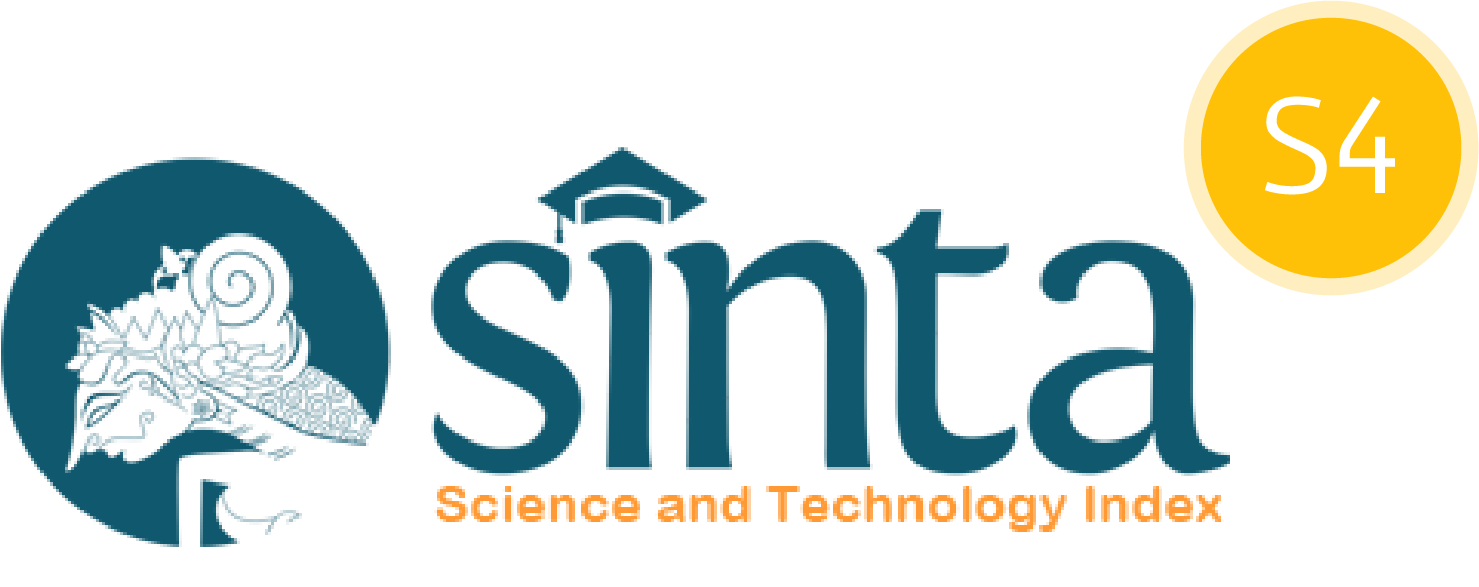Prediksi Kualitas Tidur: Pendekatan Machine Learning yang Mengintegrasikan Faktor Kesehatan dan Lingkungan
DOI:
https://doi.org/10.31294/coscience.v4i2.4737Keywords:
sleep quality, machine learning, deep learning, random forest, nphaAbstract
Sleep disorders significantly affect an individual's sleep quality, which can lead to serious health problems. For the elderly, poor sleep quality can drastically reduce life expectancy. The main problem is the lack of effective predictive tools to improve sleep quality among the elderly, compounded by the numerous factors that can influence their sleep quality. Therefore, analysis and prediction are necessary to enhance sleep quality. This study aims to develop and test a predictive model for sleep quality in the elderly by integrating health and environmental factors using a machine learning approach. The dataset used is a new one available on the website Kaggle.com, namely the National Poll on Healthy Aging (NPHA) data, which provides insights into health issues, healthcare, and health policies affecting Americans aged 50 and above. The aim is to improve sleep quality among the elderly. A machine learning method, specifically deep learning with the Random Forest algorithm, was used in this study and showed good results with an accuracy rate of 94.00% and a training data accuracy of 44.44%. The results of this study are expected to provide a predictive tool that can be used by healthcare practitioners to improve the sleep quality of the elderly, thereby positively impacting their health and life expectancy.
References
Aisyah, I. U., & Wijayani, Q. N. (2023). PENGGUNAAN GADGET TERHADAP KUALITAS TIDUR DAN KESEHATAN MENTAL REMAJA. 2(9), 31–40. https://doi.org/https://doi.org/10.6578/triwikrama.v2i9.1421
Alghifari, F., & Juardi, D. (2021). Penerapan Data Mining Pada Penjualan Makanan Dan Minuman Menggunakan Metode Algoritma Naïve Bayes. Jurnal Ilmiah Informatika, 9(02), 75–81. https://doi.org/10.33884/jif.v9i02.3755
Alghwiri, A. A., Almomani, F., Alghwiri, A. A., & Whitney, S. L. (2021). Predictors of sleep quality among university students: the use of advanced machine learning techniques. Sleep and Breathing, 25(2), 1119–1126. https://doi.org/10.1007/s11325-020-02150-w
Alshammari, T. S. (2024). Applying Machine Learning Algorithms for the Classification of Sleep Disorders. IEEE Access, 12. https://doi.org/10.1109/ACCESS.2024.3374408
Arora, A., Chakraborty, P., & Bhatia, M. P. S. (2020). Analysis of Data from Wearable Sensors for Sleep Quality Estimation and Prediction Using Deep Learning. Arabian Journal for Science and Engineering, 45(12), 10793–10812. https://doi.org/10.1007/s13369-020-04877-w
Arvidsson, J. (n.d.). National Poll on Healthy Aging (NPHA).
Hidayat, H., Sunyoto, A., & Al Fatta, H. (2023). Klasifikasi Penyakit Jantung Menggunakan Random Forest Clasifier. Jurnal SISKOM-KB (Sistem Komputer Dan Kecerdasan Buatan), 7(1), 31–40. https://doi.org/10.47970/siskom-kb.v7i1.464
Jasmine, K., & Martdianty, F. (2022). The Analisis Pengaruh Abusive Supervision terhadap Employee Creativity dengan Sleep Deprivation, Emotional Exhaustion, dan Self Efficacy sebagai Mediator. Jurnal Manajemen Dan Organisasi, 13(1), 23–35. https://doi.org/10.29244/jmo.v13i1.34343
Li, L., Li, X., Huang, Y., Li, H., Li, C., Ma, Y., Zhang, J., Peng, F., & Lyu, S. (2024). An RCT META analysis based on the effect of tai chi exercise therapy on the outcome of elderly patients with moderate-to-severe sleep disorders-A systematic review study. Heliyon, 10(2). https://doi.org/10.1016/j.heliyon.2024.e24085
Lin, Y., Wang, M., Hu, F., Cheng, X., & Xu, J. (2024). Multimodal Polysomnography-Based Automatic Sleep Stage Classification via Multiview Fusion Network. IEEE Transactions on Instrumentation and Measurement, 73. https://doi.org/10.1109/TIM.2023.3343781
Lyons, S., Strazdins, L., & Doan, T. (2022). Work intensity and workers’ sleep: A case of working Australians. Humanities and Social Sciences Communications, 9(1). https://doi.org/10.1057/s41599-022-01410-2
Mahmud, M., Kaiser, M. S., McGinnity, T. M., & Hussain, A. (2021). Deep Learning in Mining Biological Data. In Cognitive Computation (Vol. 13, Issue 1). Springer US. https://doi.org/10.1007/s12559-020-09773-x
Mehta, K. J. (2022). Effect of sleep and mood on academic performance—at interface of physiology, psychology, and education. Humanities and Social Sciences Communications, 9(1), 1–13. https://doi.org/10.1057/s41599-021-01031-1
Nasir, V., & Sassani, F. (2021). A review on deep learning in machining and tool monitoring: methods, opportunities, and challenges. International Journal of Advanced Manufacturing Technology, 115(9–10), 2683–2709. https://doi.org/10.1007/s00170-021-07325-7
Nugraha, F. A., Aisyiah, A., & Wowor, T. J. F. (2023). Analisis Faktor yang Berhubungan dengan Kualitas Tidur pada Remaja di SMPN 254 Jakarta. Malahayati Nursing Journal, 5(9). https://doi.org/10.33024/mnj.v5i9.9242
Phan, D. Van, Chan, C. L., & Nguyen, D. K. (2020). Applying deep learning for prediction sleep quality from wearable data. ACM International Conference Proceeding Series, class 1, 51–55. https://doi.org/10.1145/3418094.3418114
Renata, E., & Ayub, M. (2020). Penerapan Metode Random forest untuk Analisis Risiko pada dataset Peer to peer lending. Jurnal Teknik Informatika Dan Sistem Informasi, 6(3), 462–474. https://doi.org/10.28932/jutisi.v6i3.2890
Yuliadarwati, N. M., & Utami, K. P. (2022). Pengaruh Latihan Relaksasi Otot Progresif bagi Lansia dengan Kualitas Tidur Buruk. PengabdianMu: Jurnal Ilmiah Pengabdian Kepada Masyarakat, 7(2), 319–323. https://doi.org/10.33084/pengabdianmu.v7i2.2537
Downloads
Published
Issue
Section
License
Copyright (c) 2024 The Author(s)

This work is licensed under a Creative Commons Attribution-ShareAlike 4.0 International License.


















